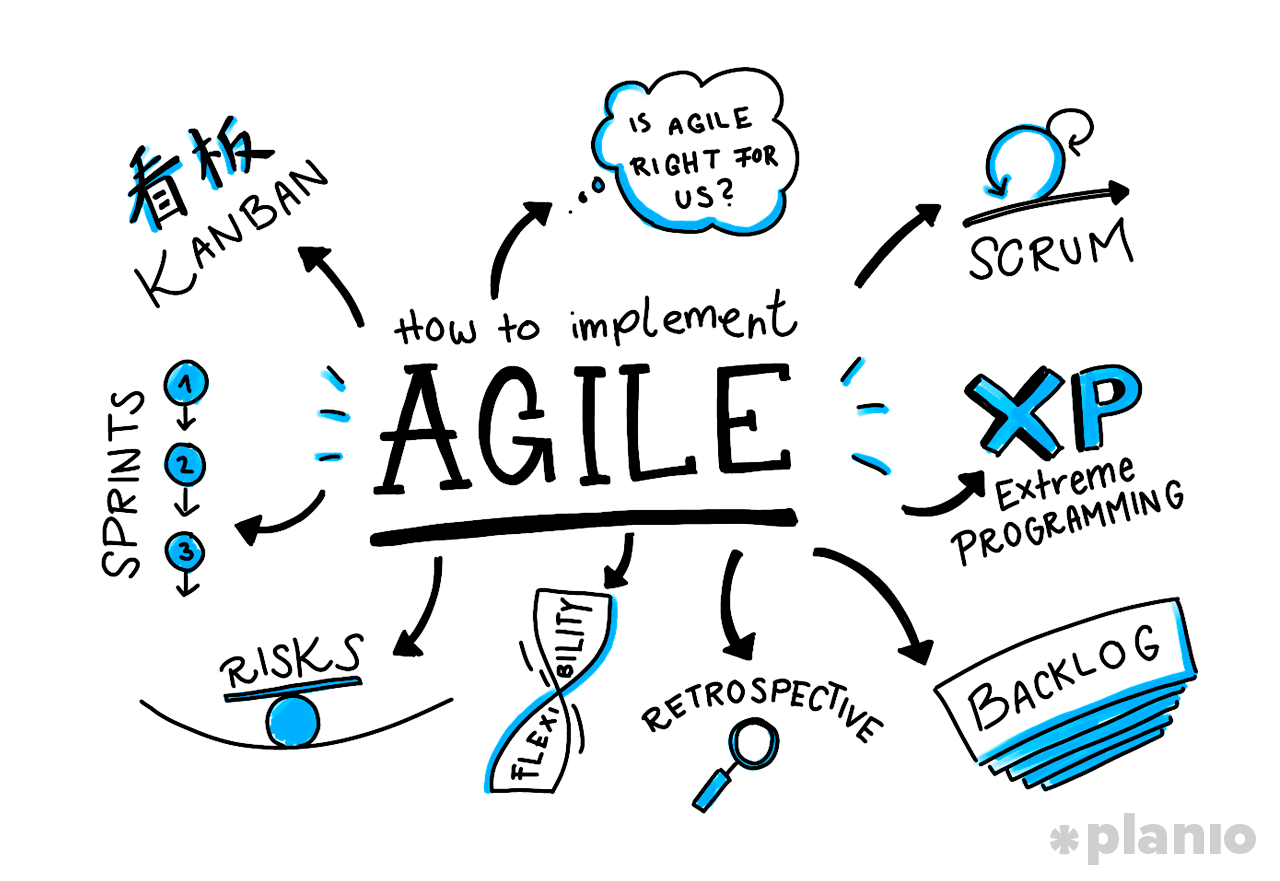Planilha CLT x PJ
Tue, 29 Oct 2024

Follow the stories of academics and their research expeditions

Unleashing the Power of Metrics in Scrum Agile: Driving Team Success through Data
Scrum Agile has gained significant popularity as an effective project management framework, empowering teams to deliver high-quality results in a dynamic and iterative manner. One crucial aspect of Scrum is the utilization of metrics to measure progress, identify areas for improvement, and drive continuous growth. In this article, we will explore the importance of metrics in Scrum Agile and how they can be leveraged to enhance team performance and achieve project success.
1. Selecting Relevant Metrics:
The first step in harnessing the power of metrics in Scrum Agile is to identify the most relevant metrics for your project. We will discuss commonly used metrics such as velocity, sprint burndown, and cycle time, and their significance in tracking progress, estimating future work, and identifying bottlenecks.
2. Measuring Team Productivity:
Metrics provide valuable insights into team productivity and efficiency. We will delve into metrics like sprint velocity and team capacity utilization to evaluate how effectively the team is delivering value, identify potential constraints, and make informed decisions for resource allocation and workload management.
3. Ensuring Quality through Metrics:
Maintaining high-quality standards is crucial in Scrum Agile. We will explore metrics like defect density, code coverage, and customer satisfaction to gauge the quality of deliverables, identify areas for improvement, and drive continuous testing and refinement throughout the development process.
4. Tracking Stakeholder Engagement:
Effective collaboration and stakeholder engagement are vital in Scrum Agile. We will discuss metrics such as sprint reviews, customer feedback, and stakeholder satisfaction surveys to measure the level of stakeholder involvement, gather valuable feedback, and make iterative adjustments to meet evolving requirements.
5. Continuous Improvement with Retrospective Metrics:
Retrospectives play a significant role in Scrum Agile by facilitating continuous improvement. We will explore metrics such as sprint retrospective actions completed, team happiness index, and process adherence to assess the effectiveness of retrospectives, track improvements over time, and foster a culture of learning and adaptation within the team.
6. Visualizing Metrics and Communication:
Metrics need to be effectively communicated and visualized to drive meaningful discussions and decision-making. We will discuss techniques such as burndown charts, cumulative flow diagrams, and information radiators to visually represent metrics, facilitate transparency, and enable effective communication across the team and stakeholders.
Metrics in Scrum Agile are not just numbers; they provide invaluable insights into team performance, project progress, and areas for improvement. By carefully selecting and leveraging the right metrics, teams can drive continuous growth, optimize productivity, and deliver high-quality results. Remember, the goal is not to obsess over metrics but to use them as a guide towards enhancing collaboration, making data-driven decisions, and fostering a culture of learning and improvement. So, embrace the power of metrics in Scrum Agile and unlock your team's full potential for success.
Tue, 29 Oct 2024

Fri, 25 Oct 2024

Sun, 29 Sep 2024

Leave a comment